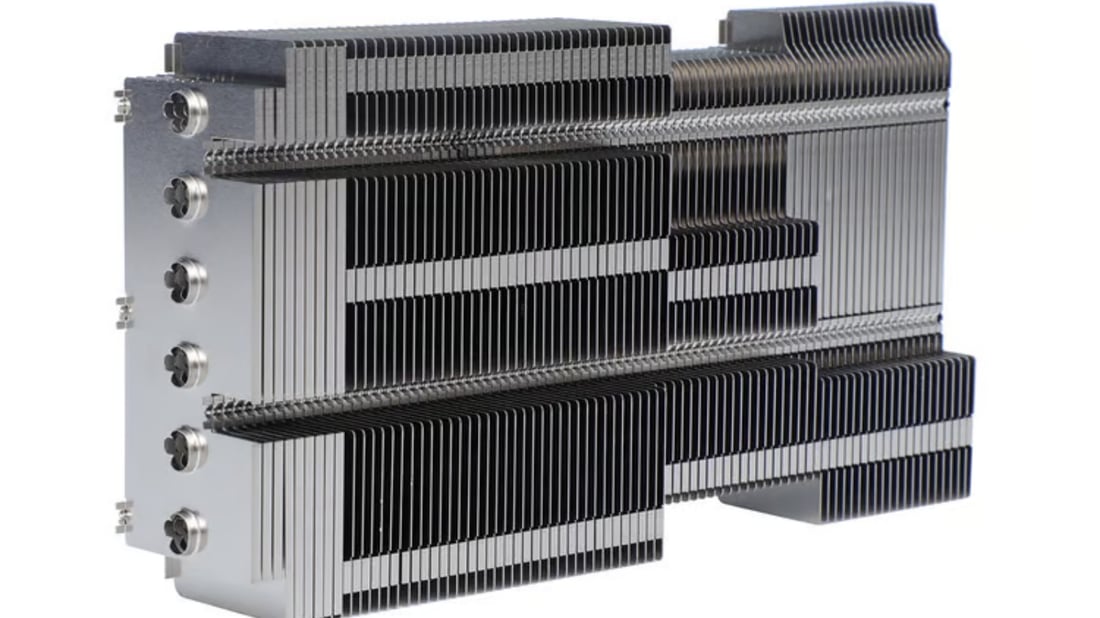Understanding the Role of a Heatsink
When it comes to optimizing a heatsink, it is essential to understand its primary role in the cooling process of electronic devices. A heatsink is designed to dissipate heat generated by the components of a device, such as a CPU or GPU, to prevent overheating and ensure optimal performance.
Choosing the Right Heatsink
Selecting the appropriate heatsink for your device is crucial for effective heat dissipation. Consider factors such as size, shape, material, and compatibility with your device when choosing a heatsink. Copper heatsinks are known for their excellent thermal conductivity, making them a popular choice for high-performance applications.
Improving Airflow for Better Cooling
One of the key ways to optimize a heatsink is to improve airflow around it. Proper ventilation is essential for efficient heat dissipation. Ensure that there is adequate spacing around the heatsink and use case fans or other cooling solutions to enhance airflow and prevent heat buildup.
Applying Thermal Paste Correctly
Proper application of thermal paste is important for maximizing the efficiency of a heatsink. Ensure that the surface of the component (CPU/GPU) is clean and apply a thin, even layer of thermal paste before installing the heatsink. This helps to fill any gaps between the component and heatsink for better heat transfer.
Securing the Heatsink Properly
Ensuring that the heatsink is securely attached to the component is essential for effective heat dissipation. Use the appropriate mounting hardware and follow the manufacturer's instructions to securely fasten the heatsink in place. This helps to maintain good thermal contact between the component and heatsink.
Optimizing Thermal Design for Efficiency
Optimizing the thermal design of your device can significantly improve the performance of the heatsink. Consider factors such as the layout of components, airflow direction, and overall system cooling to create an effective thermal management system that maximizes heat dissipation.
Monitoring and Controlling Temperature Levels
Regularly monitoring the temperature levels of your device is important for ensuring that the heatsink is performing optimally. Use software tools to track temperature readings and adjust fan speeds or cooling settings as needed to maintain optimal operating temperatures and prevent overheating.
Considering Heat Pipe Technology
Heat pipes are a popular technology used in heatsinks to enhance heat transfer efficiency. Consider incorporating heat pipe technology into your heatsink design to improve thermal performance. Heat pipes are highly effective at transferring heat away from the component to the heatsink for rapid dissipation.
Optimizing Heatsink Placement
The placement of the heatsink within your device can impact its cooling efficiency. Optimize the placement of the heatsink to ensure that it is in direct contact with the heat-generating components. Avoid obstacles or obstructions that can hinder airflow around the heatsink and reduce its effectiveness.
Regular Maintenance and Cleaning
Maintaining the cleanliness of the heatsink is essential for optimal performance. Dust and debris can accumulate on the heatsink over time, reducing its effectiveness in dissipating heat. Regularly clean the heatsink using compressed air or a soft brush to remove any buildup and ensure efficient heat dissipation.
Quote Inquiry
Contact us!

